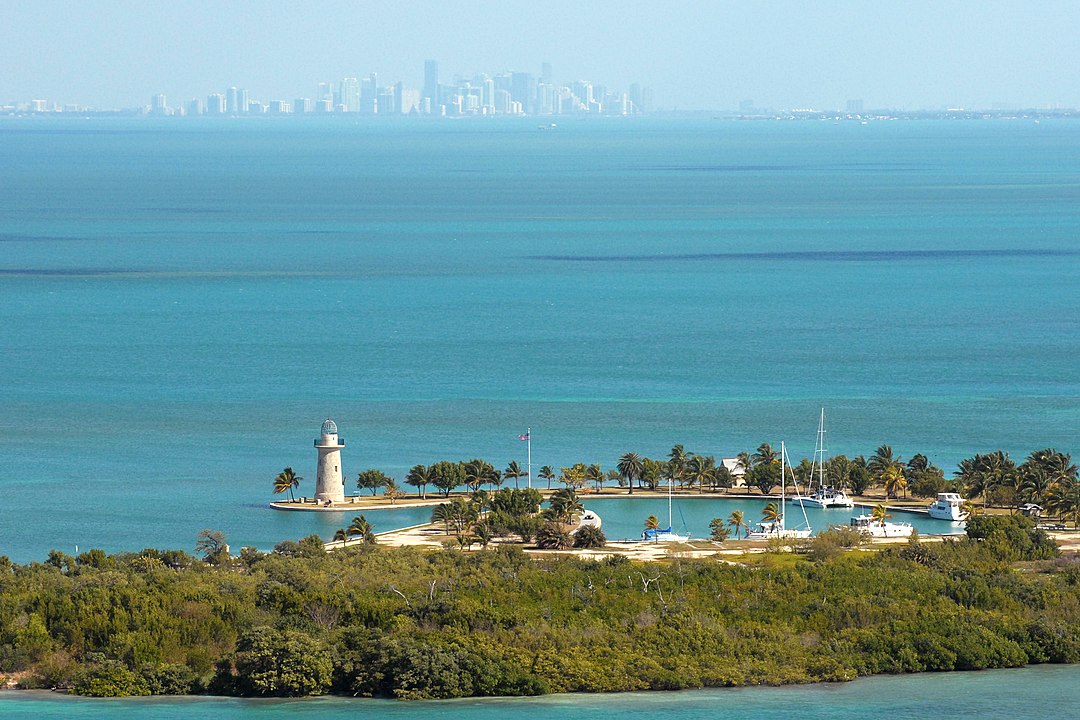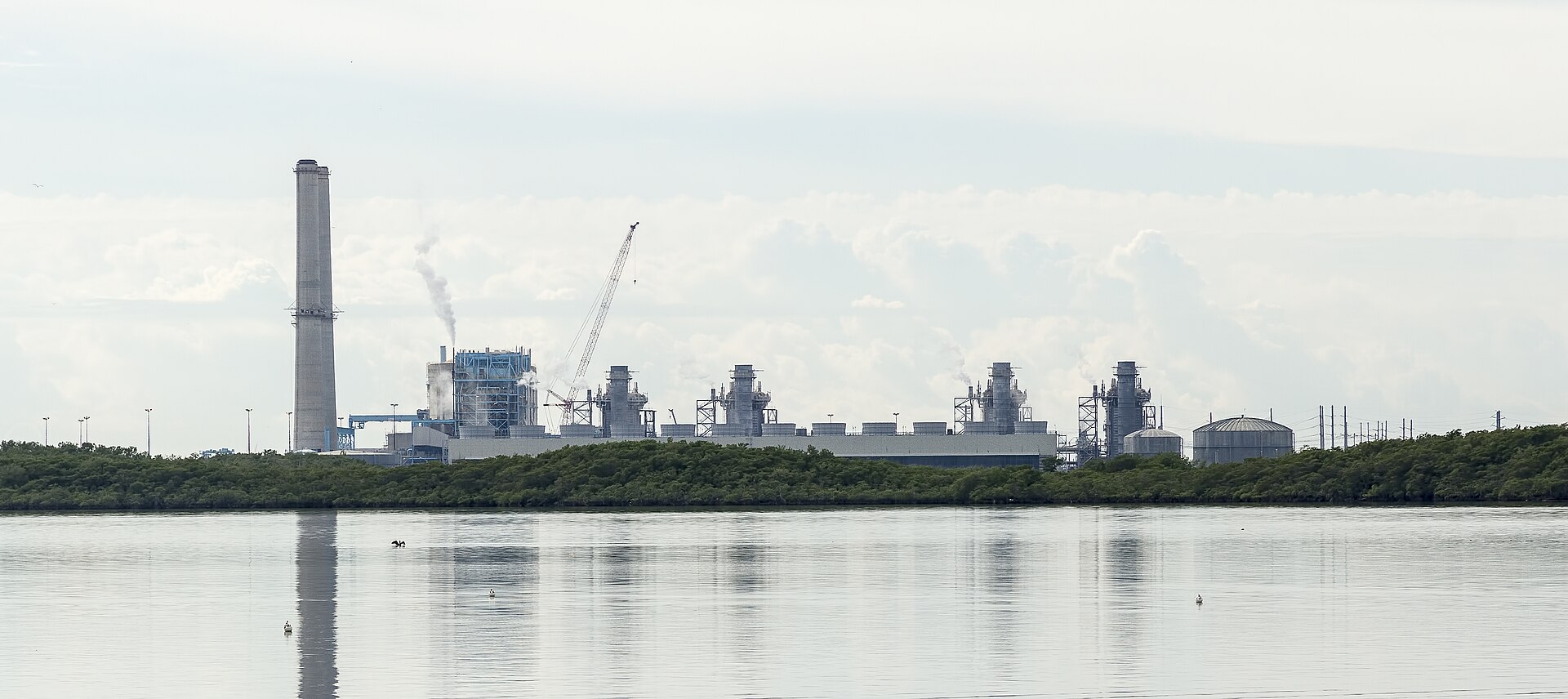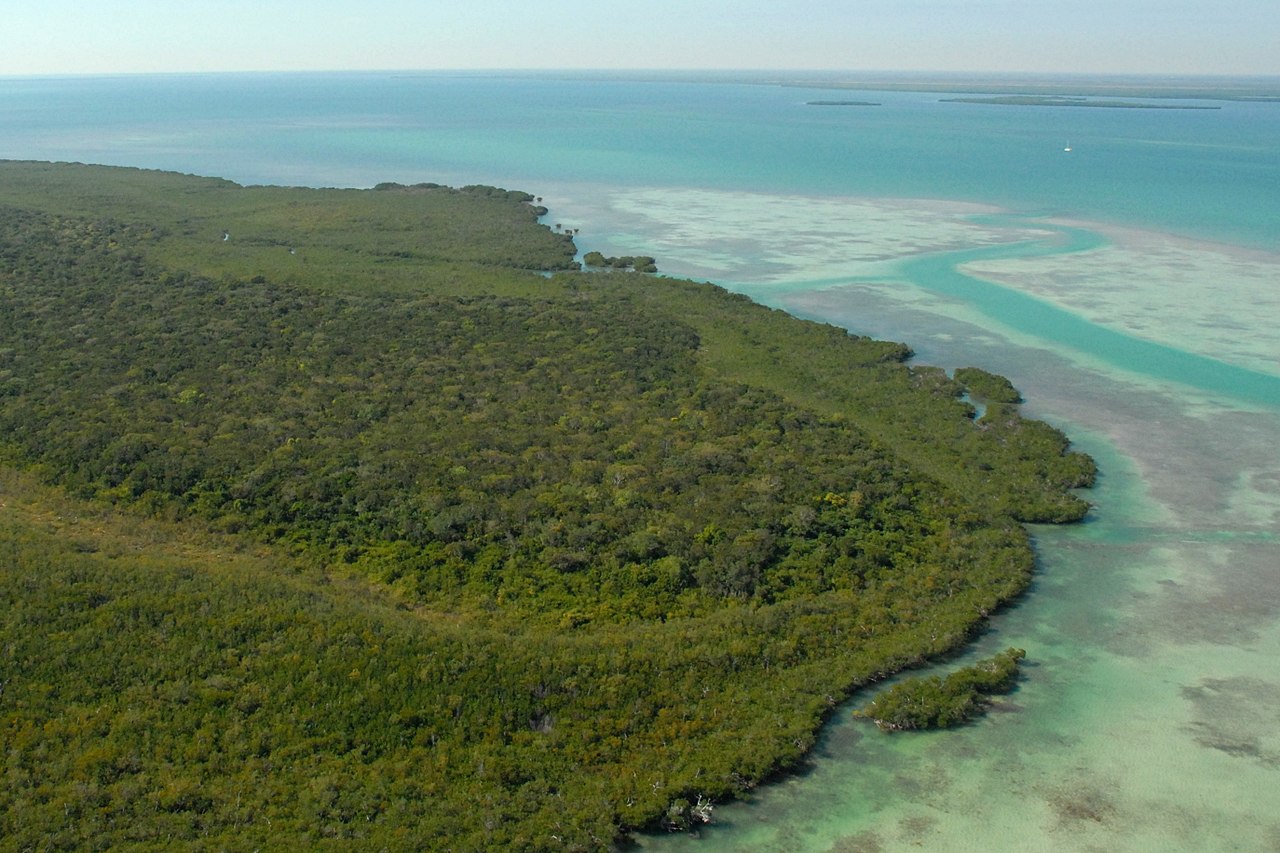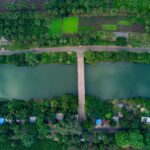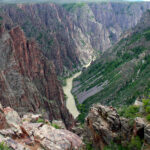Quick Bits:
Biscayne National Park is a treasure trove of marine beauty and history located in South Florida. Spanning over 172,000 acres, it is renowned for its vibrant coral reefs, turquoise waters, and rich biodiversity. As a gateway to both adventure and serenity, this park promises unforgettable experiences for nature enthusiasts, history buffs, and leisure seekers alike.
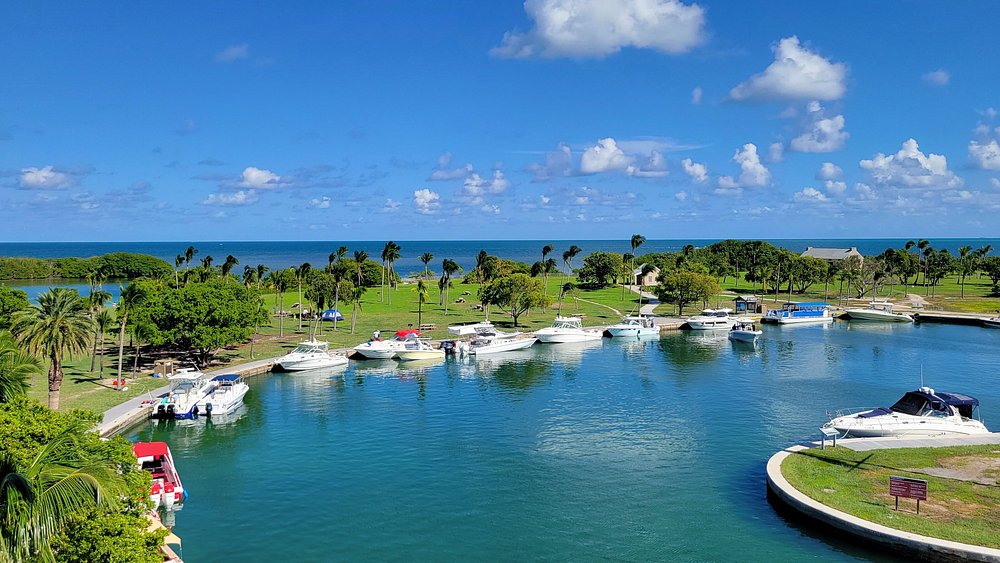
Key Highlights
- Over 95% of the park is underwater, offering unparalleled opportunities for snorkeling and diving.
-
Home to one of the largest coral reef systems in the world.
-
Rich history including shipwrecks, indigenous artifacts, and early settlers’ remnants.
-
Designated as a national park in 1980 to protect its unique ecosystems.
-
Ideal for activities like kayaking, fishing, camping, and wildlife observation.
General Information
Biscayne National Park lies at the northern end of the Florida Keys and is accessible via Homestead, a city just south of Miami. The park preserves four distinct ecosystems: the shallow Biscayne Bay, the coral limestone keys, the offshore coral reefs, and the mangrove shoreline. These diverse habitats support a wide variety of flora and fauna, including manatees, sea turtles, and over 500 species of fish.
The park’s visitor center, the Dante Fascell Visitor Center, offers exhibits, videos, and ranger-led programs. From here, visitors can embark on guided tours or rent gear for self-guided explorations.
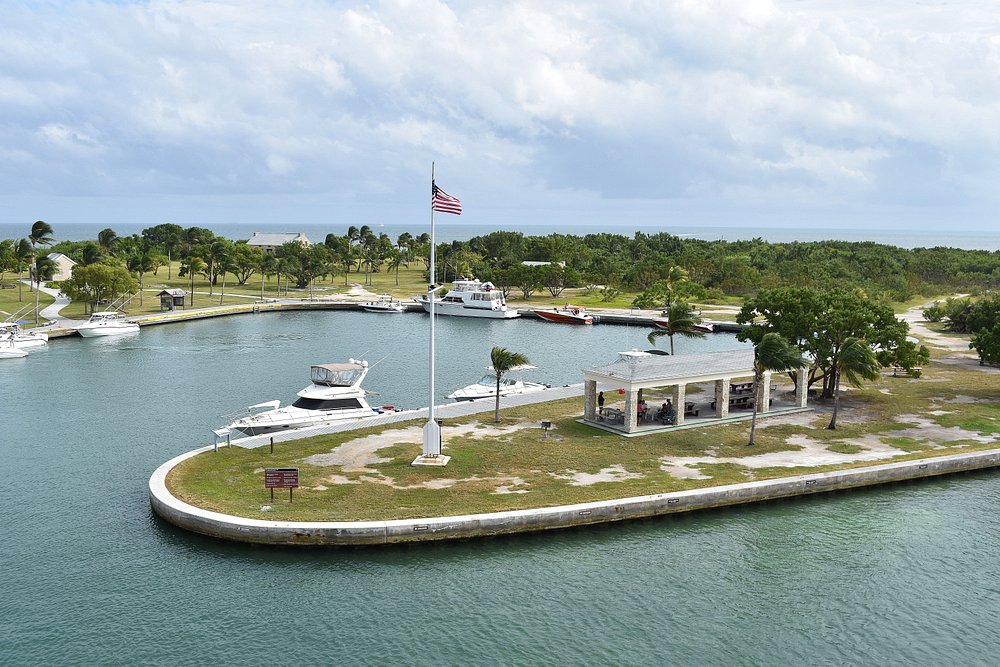
Geography Information
Biscayne National Park’s geography is a blend of terrestrial and aquatic marvels. It stretches from the southern tip of Miami to the northern end of the Florida Keys. The park includes:
-
Biscayne Bay: A shallow lagoon with calm waters and seagrass beds.
-
The Keys: Small islands made of coral limestone, including Elliott Key, the largest island in the park.
-
Coral Reefs: Part of the Florida Reef Tract, teeming with marine life.
-
Mangroves: A natural barrier along the mainland, protecting against coastal erosion and providing a nursery for aquatic species.
The park’s location at the meeting point of temperate and tropical climates creates a unique ecosystem with rare plant and animal species.
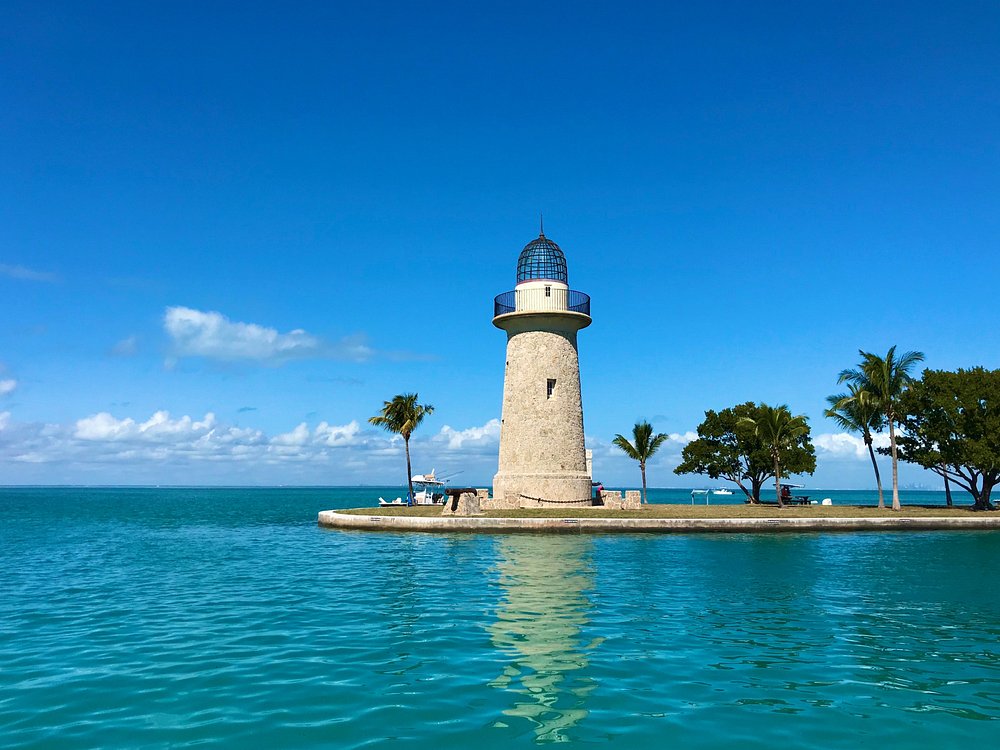
Places to Visit
-
Elliott Key: The largest and most developed island in the park, ideal for hiking and camping.
-
Boca Chita Key: Known for its historic lighthouse and picnic areas, offering stunning views of the bay.
-
Adams Key: A smaller, quieter island, perfect for day trips and relaxation.
-
Convoy Point: Home to the visitor center and a launch point for many water-based activities.
-
Shipwreck Trail: A series of underwater sites showcasing historic shipwrecks that are accessible to snorkelers and divers.
Yearly Climate
Biscayne National Park experiences a tropical climate with two main seasons:
-
Dry Season (November to April): Characterized by mild temperatures, low humidity, and minimal rainfall. Average highs range from 70°F to 80°F.
-
Wet Season (May to October): Marked by higher temperatures, frequent rain, and occasional thunderstorms. Average highs reach the upper 80s to low 90s. This season also coincides with hurricane activity.
Water temperatures remain warm year-round, making it an ideal destination for aquatic activities.
Best Time of Year to Visit
The best time to visit Biscayne National Park is during the dry season, from November to April. During this period, the weather is pleasant, and the waters are clearer, enhancing visibility for snorkeling and diving. The park is also less crowded during weekdays in this season, allowing for a more serene experience.
Visitors planning boat trips or other activities should monitor weather conditions, as sudden changes can occur. The wet season, while offering lush scenery and fewer crowds, comes with the risk of storms and limited visibility in the water.
In Summary…
Biscayne National Park is a captivating destination that offers a perfect mix of natural beauty, history, and adventure. From exploring coral reefs and shipwrecks to relaxing on pristine islands, the park caters to diverse interests. Its year-round accessibility and unique ecosystems make it a must-visit for anyone seeking an escape into nature’s wonders.

